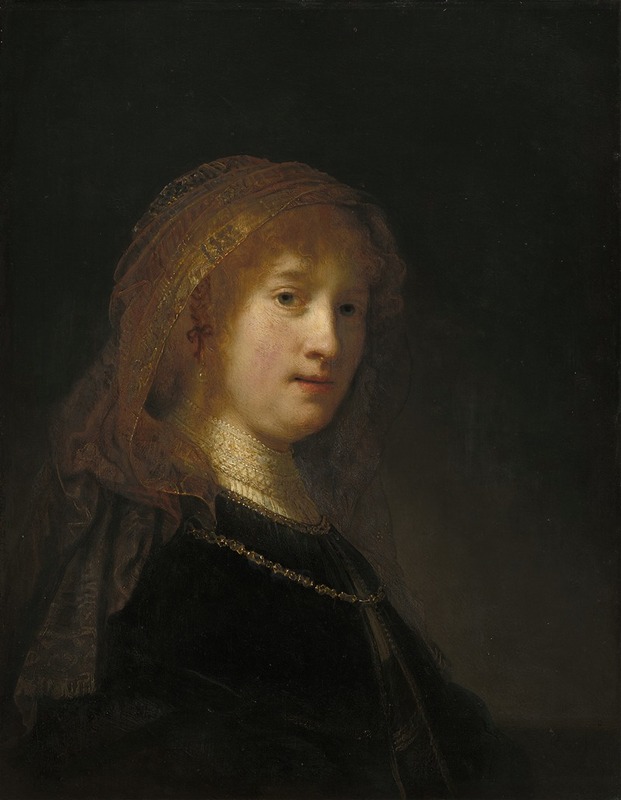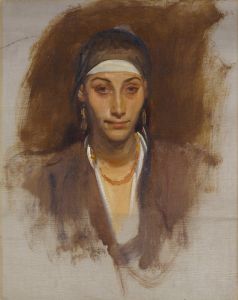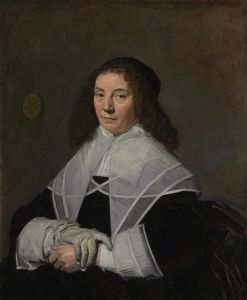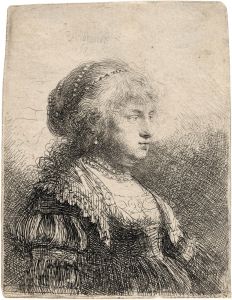
Saskia van Uylenburgh,the Wife of the Artist
A hand-painted replica of Rembrandt van Rijn’s masterpiece Saskia van Uylenburgh,the Wife of the Artist, meticulously crafted by professional artists to capture the true essence of the original. Each piece is created with museum-quality canvas and rare mineral pigments, carefully painted by experienced artists with delicate brushstrokes and rich, layered colors to perfectly recreate the texture of the original artwork. Unlike machine-printed reproductions, this hand-painted version brings the painting to life, infused with the artist’s emotions and skill in every stroke. Whether for personal collection or home decoration, it instantly elevates the artistic atmosphere of any space.
"Saskia van Uylenburgh, the Wife of the Artist" is a painting by the renowned Dutch artist Rembrandt van Rijn. This artwork is a portrait of Saskia van Uylenburgh, who was Rembrandt's wife and a frequent subject in his works. Saskia was born in 1612 in Leeuwarden, Friesland, into a prominent family. She married Rembrandt in 1634, and their marriage played a significant role in his personal and artistic life.
The painting is believed to have been created during the early years of their marriage, a period marked by Rembrandt's rising success as an artist. Saskia is depicted in a rich and detailed manner, showcasing Rembrandt's mastery of portraiture and his ability to capture the personality and vitality of his subjects. Her attire in the painting reflects the fashion of the time, and the use of light and shadow highlights her features, a hallmark of Rembrandt's technique.
This portrait is one of several depictions of Saskia by Rembrandt, who often used her as a model in his works. These portraits not only document their relationship but also provide insight into the artistic and cultural context of 17th-century Amsterdam. Saskia's presence in Rembrandt's art diminished after her death in 1642, which deeply affected the artist.
The painting is currently housed in the Gemäldegalerie Alte Meister in Dresden, Germany. It is considered an important example of Rembrandt's early portraiture and his ability to combine technical skill with emotional depth. The work continues to be studied and admired for its artistic and historical significance.


















